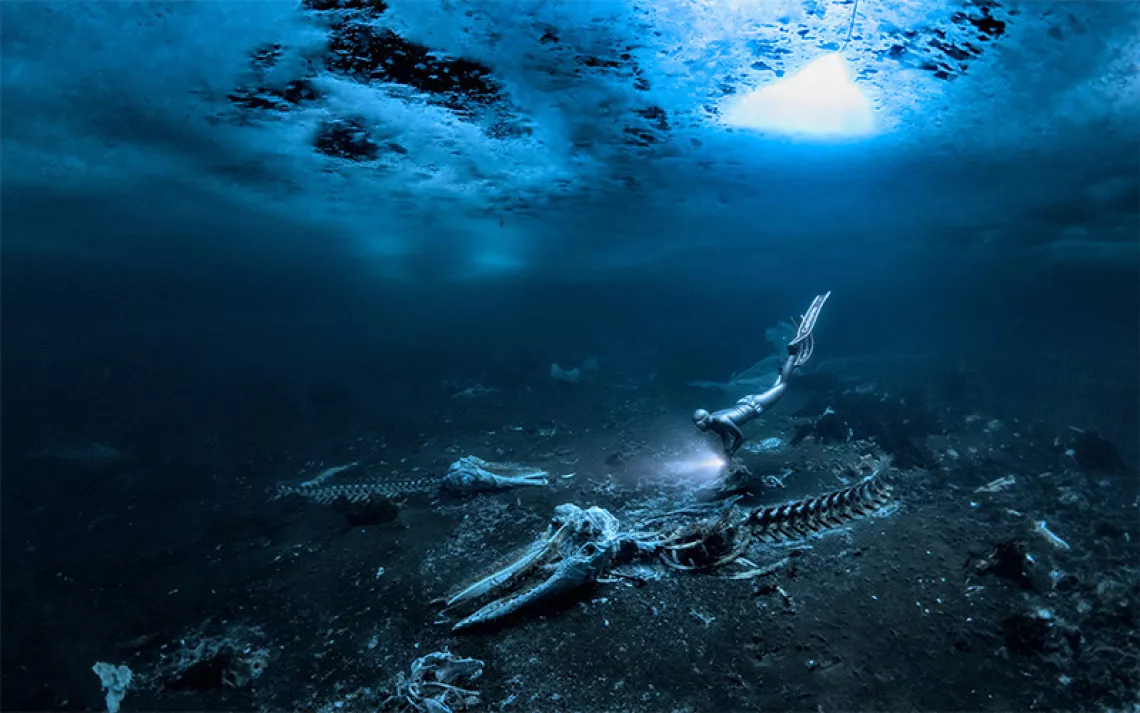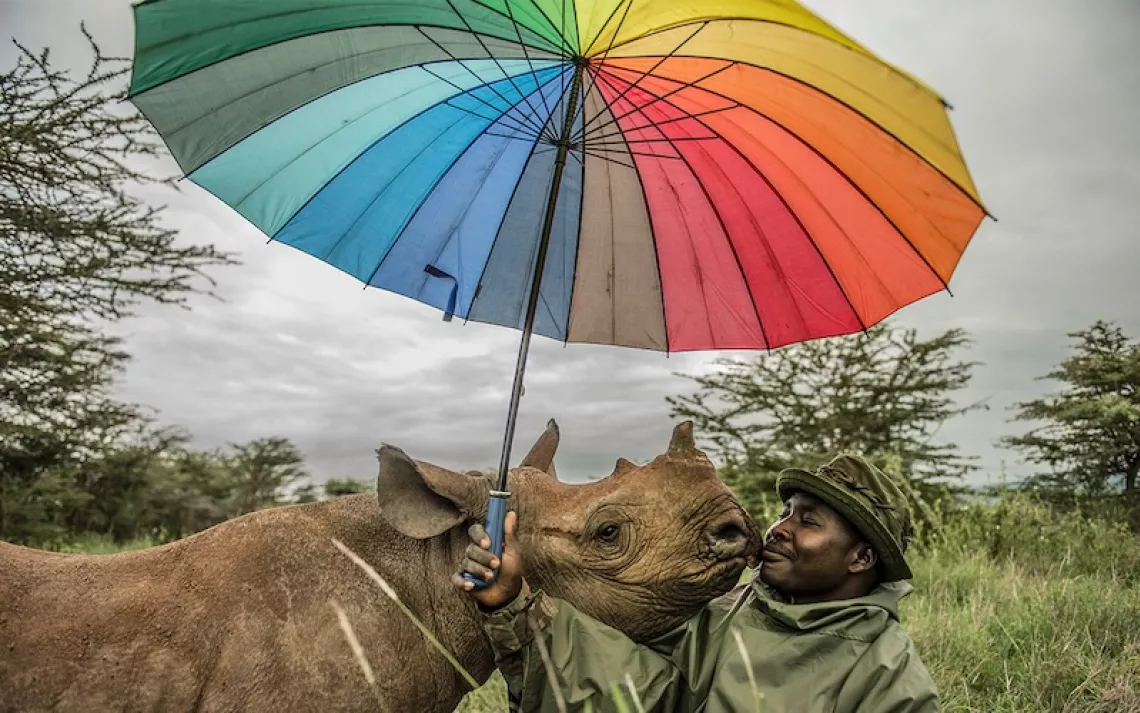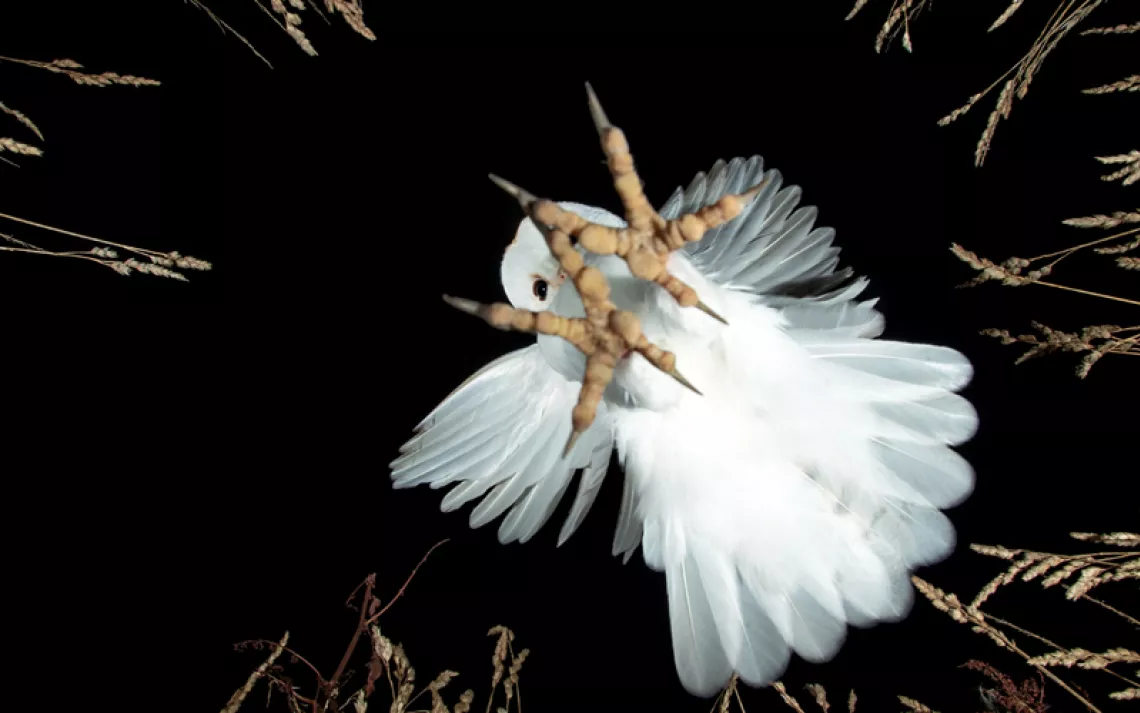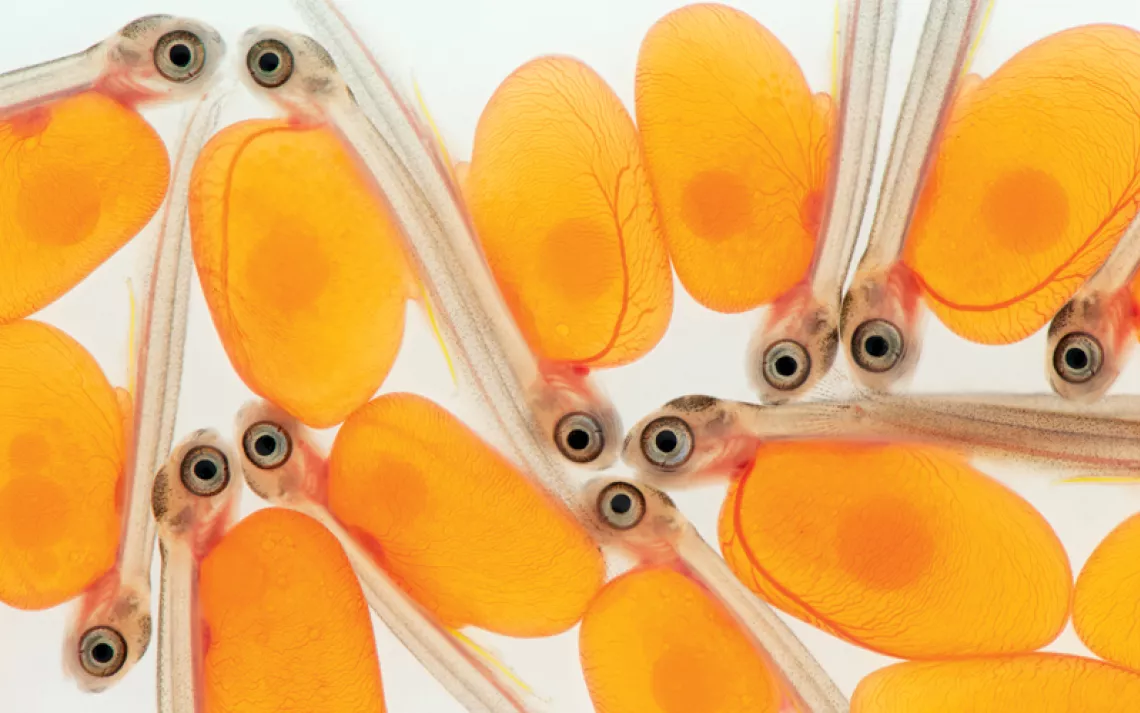A User’s Guide to Great Outdoor Photography
Photography and conservation have been linked closely almost since the invention of the camera. In the late 19th century, the works of photographers such as William Henry Jackson, Timothy O’Sullivan, and Carleton Watkins contributed greatly to preserving public lands as national parks, national forests, wildlife refuges, and other preserves. The images created by these photographers raised public awareness about the beauty of special areas and aided lawmakers in mandating protection for places like Yellowstone and Yosemite.
In the early 1960s, the Sierra Club, under the direction of David Brower, began a dynamic renaissance in publishing—the "exhibit format" series of books, more commonly known as “coffee-table books.” Among the first of these large and lavish volumes was This is the American Earth by Ansel Adams and Nancy Newhall. Others followed soon after, featuring the photography of Eliot Porter, Philip Hyde, and others. Some of these exhibit format books were devoted to specific battles to save such places as the Grand Canyon from dams and the redwoods from rampant logging. Others heralded the beauty of nature and our need to protect wilderness.
Today the rise of digital photography has made it possible for nearly anyone to take high-quality photographs using nothing more than a smartphone. But whether you use an iPhone or a sophisticated Digital Single Lens Reflex (DSLR), it’s important to consider the content of the photograph you create and how it might be used to alert people and influence decision-makers. Here are some tips to help you create strong conservation photographs.
1. THINK about what should go into the photographs. As a nature photographer, you can reveal the beauty of nature though your photos. But if you are a conservation photographer, taking pretty pictures is not enough. You often need to photograph the good, the bad, and the ugly. It is very effective to show people what has been destroyed, juxtaposed with what can be saved. Example: Dams destroy river ecosystems, and the water impounded behind dams is very often a sterile life zone because of drastic water fluctuations. Pairing a photograph of a reservoir with another of a free-flowing river can work to convince people that a dam is destructive.
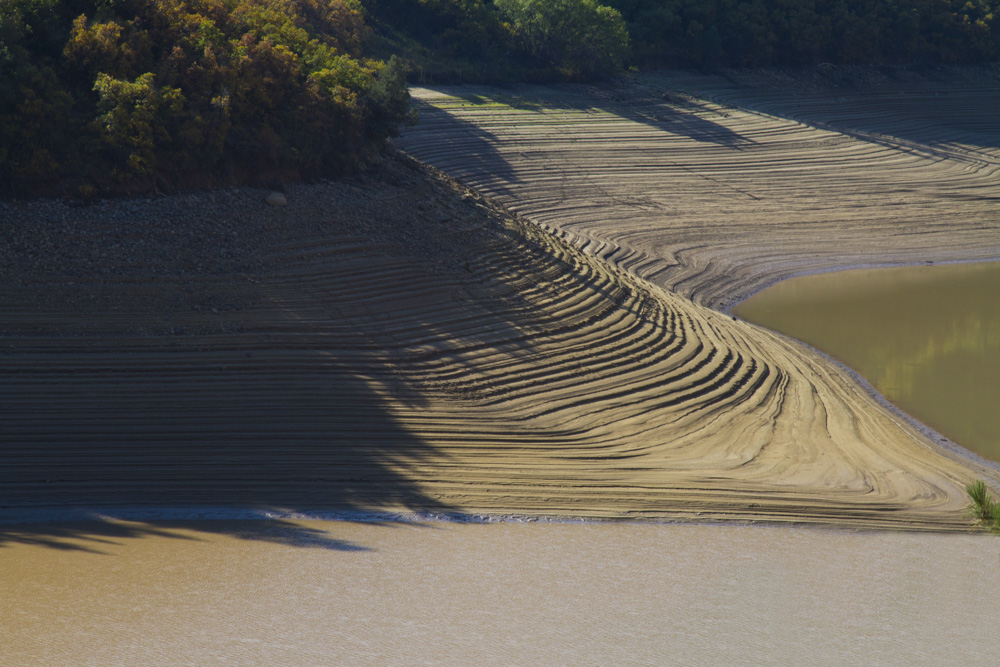
Drawdown of water levels in reservoirs creates a bathtub ring effect, a lifeless zone where terrestrial life cannot take hold because of frequent changes in water level.
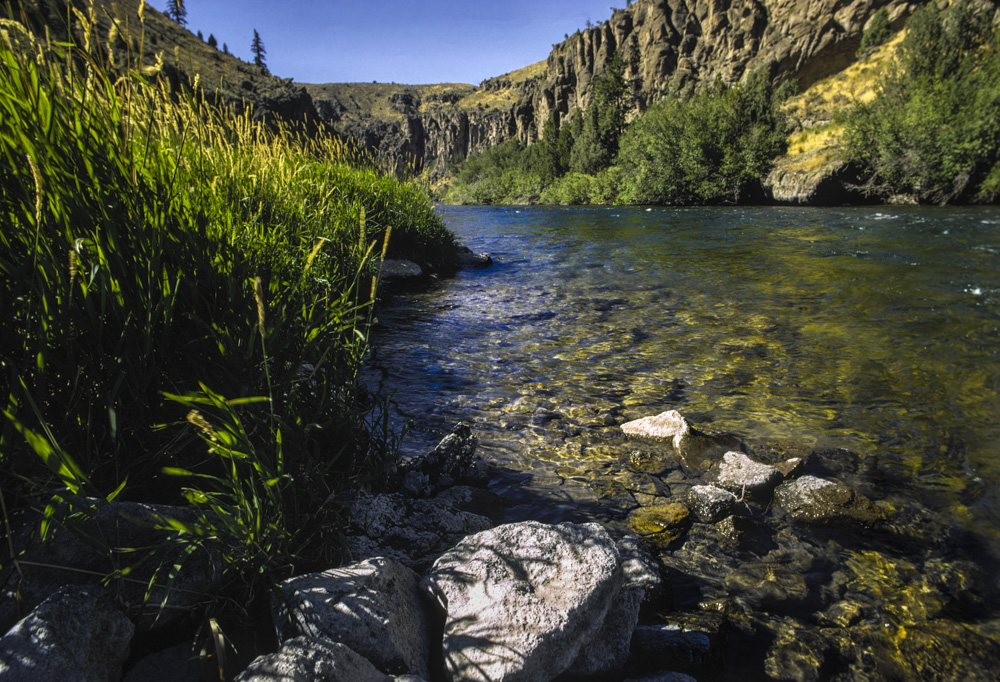
A free-flowing river has a riparian zone of plants that thrive along the shores and provide both habitat and food for numerous species. I shot this at almost ground and water level with a 20mm ultra-wide-angle focal length on a DSLR to emphasize the grasses along the shore and the clarity of the water.
2. LOOK FOR DETAILS that can, in a single photograph, tell a story.
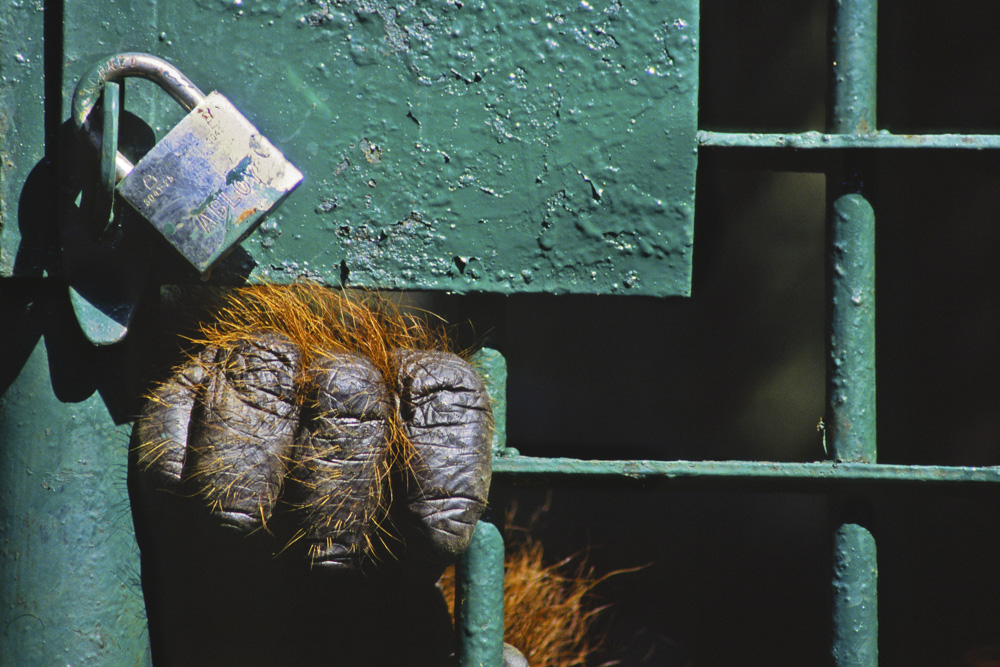
This adult orangutan in Malaysian Borneo had been a victim of rainforest logging and the pet trade. He grew up in the company of humans. As a result, he had no survival skills in the wild and was destined to spend the rest of his adult life in the slammer. Symbolically, this photo depicts what may be the fate of all orangutans if rainforests continue to be destroyed.
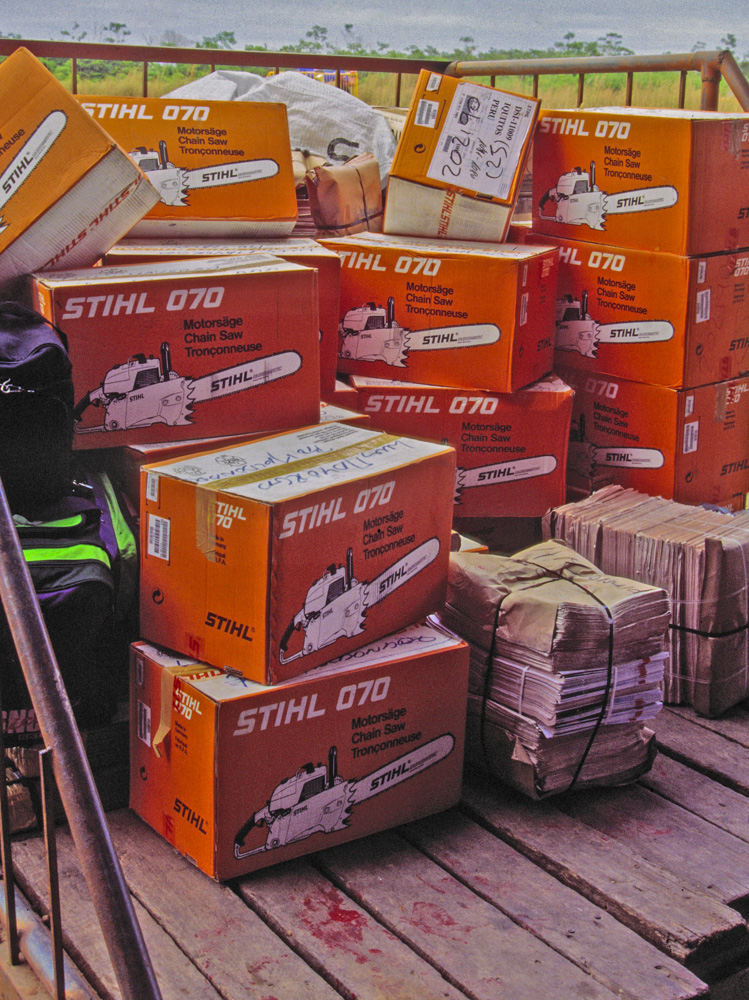
Boxes of chainsaws being off-loaded from a plane in Puerto Maldonado in the Amazon Basin region of Peru. Does this tell you what’s happening to the rainforest here?
3. USE SHOCK, but sparingly. It can be effective, but too many shocking or gruesome photos can be a real turnoff. To create impact, I photographed this rhino killed by poachers in central Kenya using an ultra-wide-angle lens up close. But I also wanted to contrast the horror of that dead rhino with one very much alive.
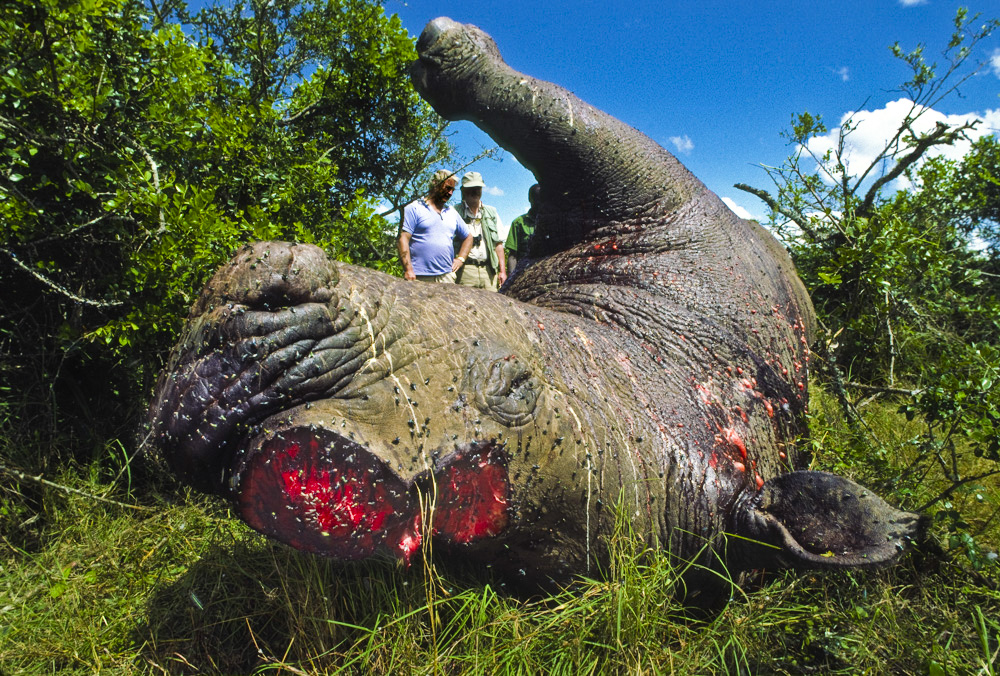
Shocking? Yes. But in-your-face photography is sometimes necessary to convey a serious and tragic message.
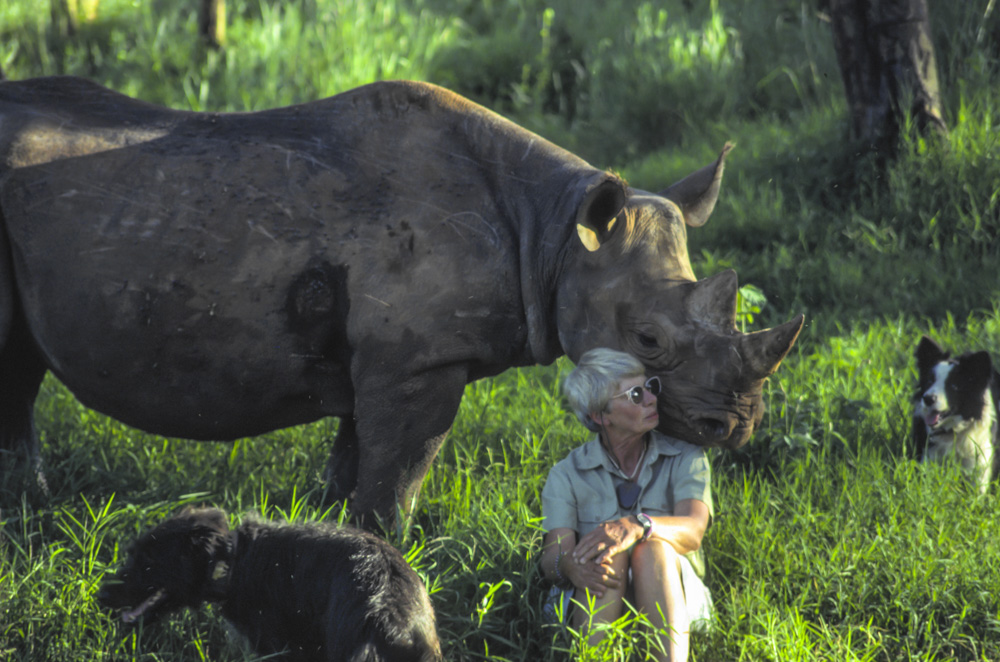
Anna Merz raised this black rhino from a small calf orphaned by poachers. Now fully grown, it showed genuine affection for Anna in the rhino sanctuary she had established in Kenya.
4. GET INVOLVED. Taking photos of the good or the bad is not enough. You need to use them. My conservation involvement started in the mid-1960s, when I learned of a major dam proposed for the heart of Hells Canyon (the deepest gorge in the United States at 7,900 feet, carved by the Snake River on the Idaho-Oregon border). A handful of us formed the Hells Canyon Preservation Council, and I began a photographic documentation of the canyon and river. Brock Evans, then the Pacific Northwest representative for the Sierra Club, provided valuable guidance to our group. I began testifying at hearings, using photos to show what would be lost to the world if the canyon were to be flooded. I later published a major article and photo essay in Audubon magazine, and shortly thereafter took those photos to Washington, D.C. There, I met with a young, newly elected senator from Oregon, Bob Packwood. He studied the photos carefully, then looked up and said, “Holy shit. Is this in my state?” He introduced our legislation, and in 1975, the Hells Canyon National Recreation Area and Wilderness Bill was signed into law. The dam was stopped.
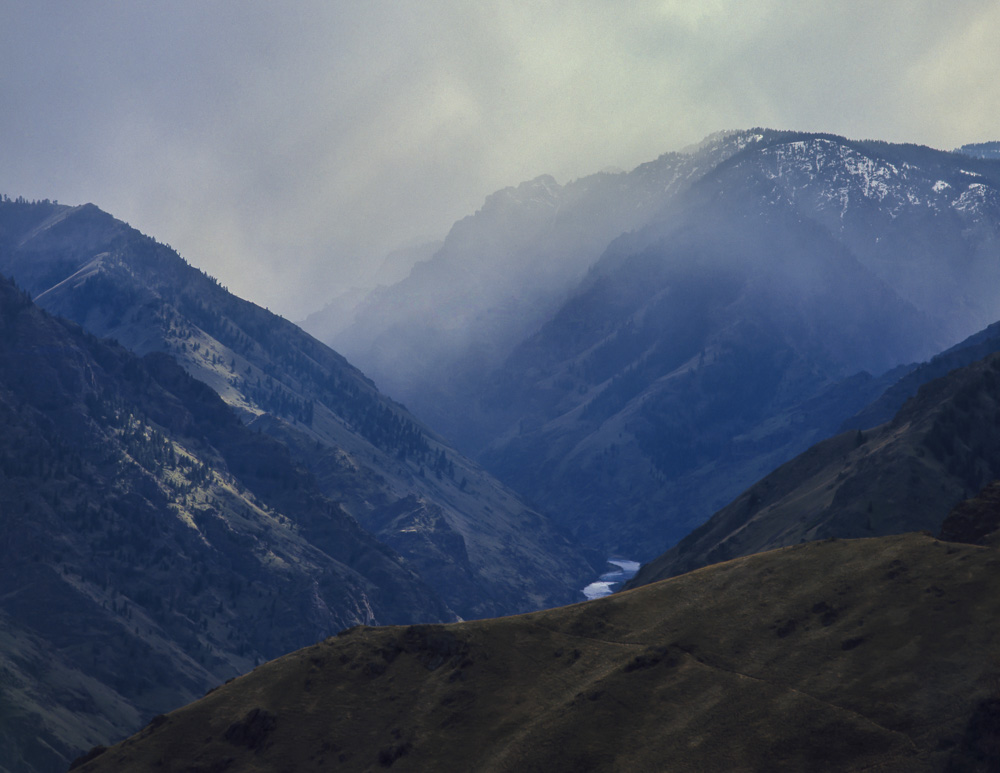
Threatened by a major dam, the little-known Hells Canyon on the Idaho-Oregon border was saved in large part by photographs and citizen activists who lobbied for protection.
Still another battle was over a mountain range north of Sun Valley, Idaho—the White Cloud Mountains. A major mining company planned to dig a mile-long open pit mine in the heart of this wilderness. Again, photography played a big role in the political fight against the proposed project. My photos were used in a major article in Smithsonian magazine. Some friends of mine and I formed the Greater Sawtooth Preservation Council. Hearings were held, the public came out in favor of preservation, and the mine was stopped. Eventually, the area was added to the Wilderness Preservation System as three closely connected wilderness areas totaling 275,000 acres.
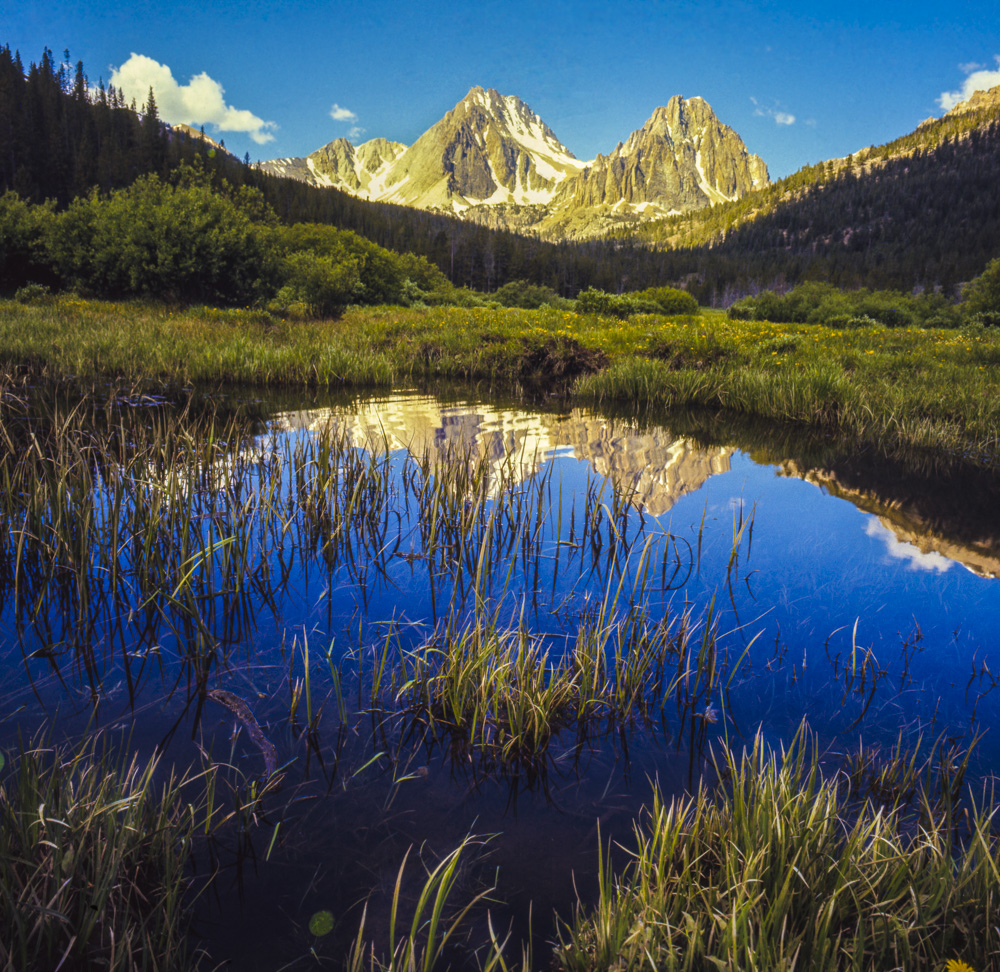
This is the precise spot where a mile-long open pit mine was planned. In the heart of the battle to save it, this photo of Castle Peak and subalpine meadows was published in Smithsonian magazine and helped rally public support.
Some additional things to consider while taking photographs:
Think about how to tell a story with your images.
Do your research carefully.
Document beautiful places.
Document the destruction wrought by mining, logging, dams, and other industrial development.
Use ultra-wide-angle focal lengths to relate the ugly in the foreground to something beautiful in the background and vice versa.
Include the human element—people affected by destructive developments.
Document people enjoying wild nature in parks and reserves.
This article is adapted from Conservation Photography Handbook: How to Save the World One Photo at a Time. Published here with permission of Amherst Media.
 The Magazine of The Sierra Club
The Magazine of The Sierra Club
